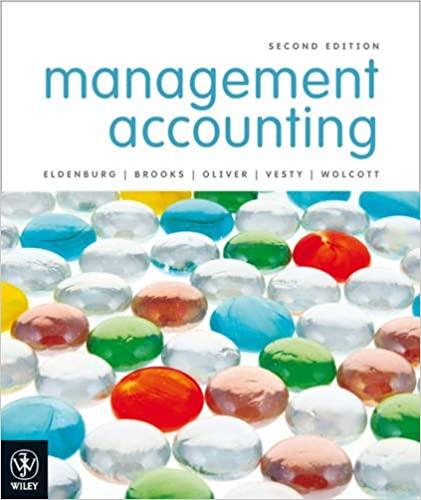True/False 1. All business must use MACRS to deduct cost of capital assets regardless of the method used in GAAP depreciation. 2. Partnership income is taxed to the partners on their individual income tax returns even if there was no money or property distributed to the partner. 3. Federal income tax will always be an unfavorable permanent adjustment. 4. Stock dividend greater than 6% of the fair market value of the stock will be taxable income to the shareholders when received. 5. When a corporation sells shares of treasury stock it will recognize gain or loss on difference between purchase cost and selling price. 6. Dividend distribution can never produce a negative balance in earnings and profit. 7. In any partnership each partner is entitled to fair compensation for their services before profits are divided by the partners 8. If a partner is active and at risk, losses incurred by the partnership will reduce his/her taxable income. 9. A partner can use long term capital losses by the partnership to offset long term capital gain in his/her personal stock portfolio. 10. Operating losses by partnership can reduce a partner's basis below zero, distributions can not produce a negative basis 11. Hot assets" are items that when sold will result in ordinary (not capital gain) income. 12. If a partner, with consent of all other partners, sells his/her interest his/her outside basis will become the outside basis of the new partner. 13. If a partner leaves the partnership during the tax year income to date of departure is computed and added to his/her taxable income for the year. 14. If an outsider buys a partner's interest the new partner's outside basis will be their actual payment plus allocable share of partnership debt. 15. The decision to be taxed as a regular corporation or a sub-S corporation is made each year when tax returns are filed. 16. Subject to "at-risk" and active-passive" rules, operating losses of a sub-S corporation will reduce a shareholder's taxable income. 17. With proper planning, a person owning assets with a high value and low basis can transfer them to a sub-S corporation and quickly liquidate them and spread the gain among all shareholders. 18. When allocating income among different states, the total of all states allocated income will often exceed the actual federal taxable income. 19. "Use tax" is a form of sales tax paid by the buyer to the state where the buyer is0 domiciled. 20. One of the acceptable methods of allocating sales revenue between different states is using population density as a base for allocation







